Adoption Statistics By Race
Percent estimates in each raceHispanic origin category are based on the total number of children with raceethnicity data waiting for adoption in foster care. Approximately 5 million Americans alive today are adoptees 2-4 percent of all families have adopted and 25 percent of all children under 18 are adopted.
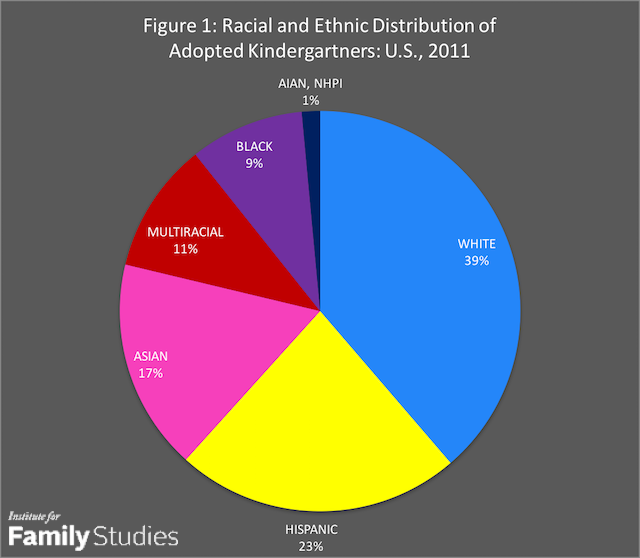 The Changing Face Of Adoption In The United States Institute For Family Studies
The Changing Face Of Adoption In The United States Institute For Family Studies
What is the most adopted race.

Adoption statistics by race. What percentage of the population under the age of 18 is adopted. A small number of AFCARS records across many states were missing information on the childs raceHispanic group and were also not included in the unable to determine category. International Adoption Statistics and Facts.
Hispanic children were the next largest portion representing nearly 23 of all adoptees followed by Asian children 17 and multiracial children 11. But at 39 they were far from a majority. What is the most adopted race.
Black children are adopted less frequently and more slowly than kids of any other race. As the figure indicates white children made up the largest segment of adoptees. 65 of adopted children are more than one race.
In the same year there were 99025 African American children in the foster care system 90688 Hispanic children 32882 multiracial children 10449 native American and native Alaskan children 2112 Asian children 1053 Pacific Island- or Hawaii-native children and 5899 children of undetermined ethnicity or race. The racial distribution of children also varies by type of adoption with children adopted from foster care most likely to be black 35 percent and those adopted internationally least likely to be black 3 percent. The most recent estimate of interracial adoption was performed in 1987 by the National Health Interview Survey NHIS and it found that 1 of white women adopt black children 5 of white women adopt children of other races and 2 of women of other races adopt white children estimates include foreign-born.
Children are black but they account for nearly a third of children in foster care and a third of those awaiting adoption. 59 of international adoptions are of children who have a non-Hispanic Asian decent. In the area of foster care 35 of the adoptions are of non-Hispanic black children just two percentage points behind Caucasian children.
Thirty-seven percent of adopted children are non-Hispanic white compared with adoptive parents 73 of which are non-Hispanic white. Number of children and youth ages 0-20 in foster care on July 1 per 1000 childrenyouth by raceethnicity eg on July 1 2018 53 per 1000 HispanicLatino childrenyouth in California were in foster care. 16 of adopted children are African American and 10 are Asian.
Government fiscal year begins on October 1 and ends on September 30. And data aggregations in exhibits tables and appendices. This statistic shows the racial distribution of children adopted with public agency involvement in the United States in the fiscal year of 2019.
The statistics on this page correspond with the fiscal year. Almost half of the adopted children are white. National Center for Education Statistics US.
Racially and culturally diverse adoption refers to placing a child who is of one race culture or ethnic group with adoptive parents of another race culture or ethnic group. Adoptive families are more racially diverse better educated and more affluent than families in general. Estimates suggest that adoptive families are atypical as well as few in number.
The report includes highlights of the data. Fifteen percent of US. Fraction of all abortions by raceethnicity United States 1965-2017 estimated.
Provides national statistical estimates for the total number of children adopted in the United States in fiscal years 20082012. For more information on the adoption statistics please view our annual adoption reportwhich is located under the publication section of this website. Overall 40 of adopted children are of a different race culture or ethnicity than both of their adoptive parents or their sole parent if there is only one parent in the household.
Total estimated abortions by raceethnicity for 1965-2018 and compared to current population are. A study published by the Institute for Family Studies found that 44 percent of the adopted children surveyed were adopted by parents of a. In FY 2019 32835 of the children adopted in the.
28900000 14 of current population. Fraction of all live births by raceethnicity United States 1965-2017 estimated. The majority of children who are adopted are non-white but 73 of these children are adopted by parents who are white.
Findings on the numbers of public agency intercountry and other adoptions.
Race Ethnicity And Gender Aspe
 Adoption In North Carolina By The Numbers
Adoption In North Carolina By The Numbers
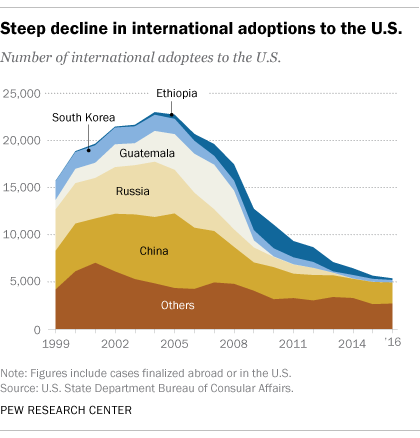 International Adoptions To U S Declined In 2016 Pew Research Center
International Adoptions To U S Declined In 2016 Pew Research Center
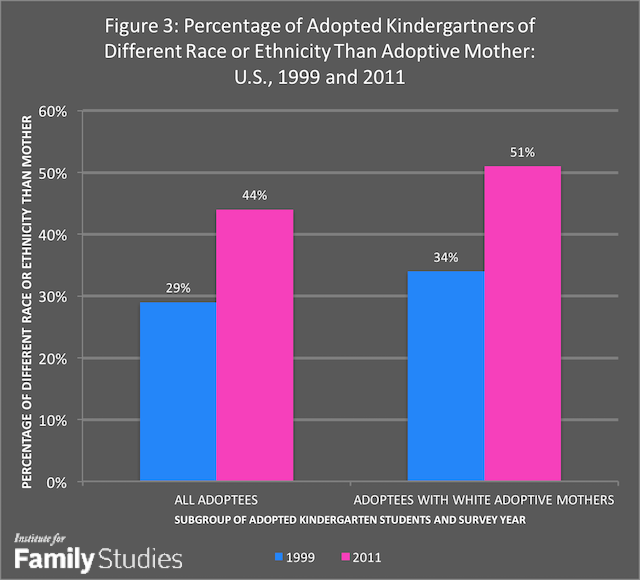 The Changing Face Of Adoption In The United States Institute For Family Studies
The Changing Face Of Adoption In The United States Institute For Family Studies
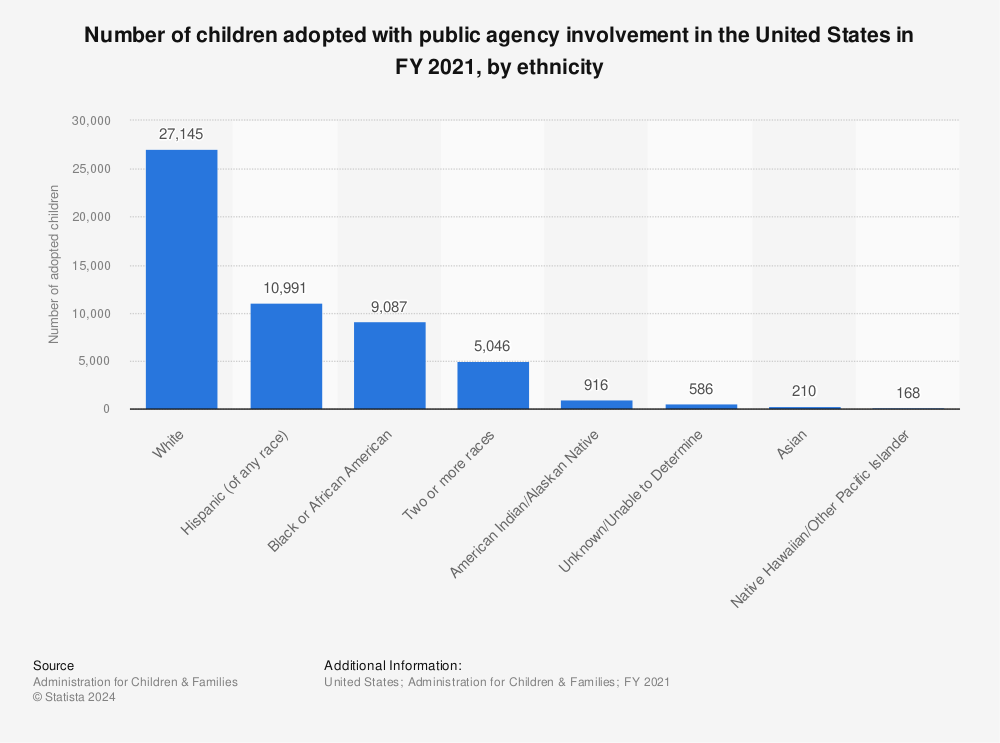 Adoption In The U S Ethnicity Of Adopted Children 2019 Statista
Adoption In The U S Ethnicity Of Adopted Children 2019 Statista
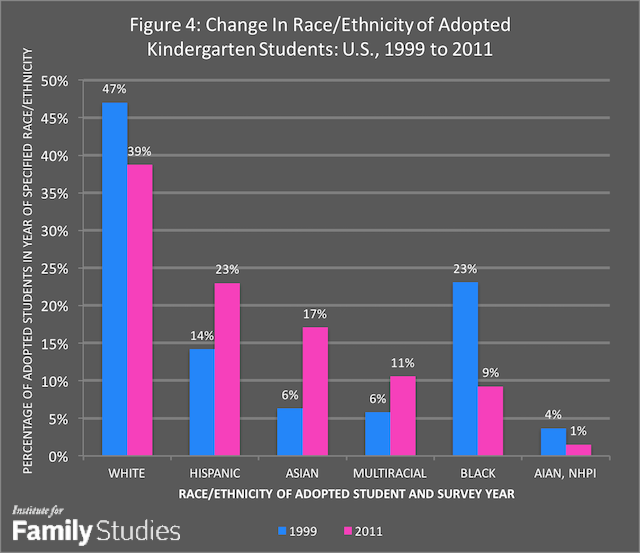 The Changing Face Of Adoption In The United States Institute For Family Studies
The Changing Face Of Adoption In The United States Institute For Family Studies
Race Ethnicity And Gender Aspe
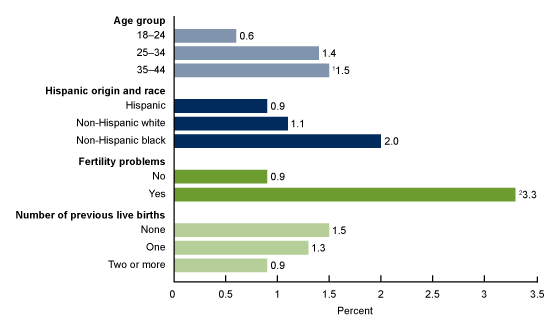 Products Data Briefs Number 315 July 2018
Products Data Briefs Number 315 July 2018
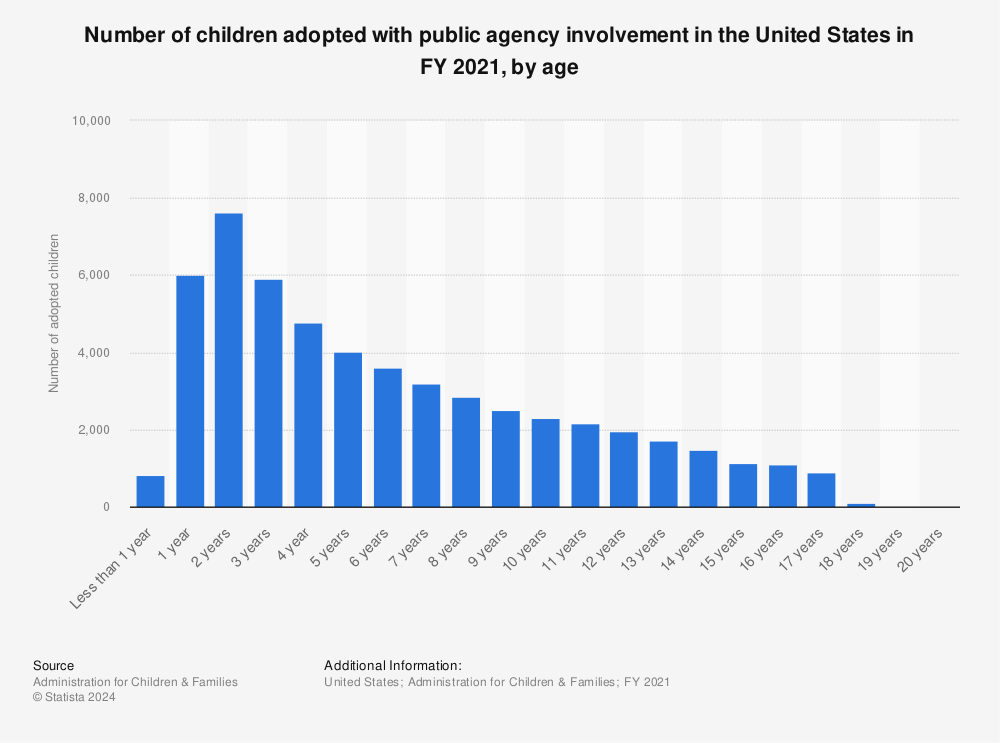 Adoption In The U S Age Distribution At Time Of Adoption U S 2019 Statista
Adoption In The U S Age Distribution At Time Of Adoption U S 2019 Statista
 Adoption In The U S Ethnicity Of Adopted Children 2019 Statista
Adoption In The U S Ethnicity Of Adopted Children 2019 Statista
 The Changing Face Of Adoption In The United States Institute For Family Studies
The Changing Face Of Adoption In The United States Institute For Family Studies
 Foster Care Numbers Up For Fifth Straight Year
Foster Care Numbers Up For Fifth Straight Year
Race Ethnicity And Gender Aspe
Race Ethnicity And Gender Aspe

Comments
Post a Comment